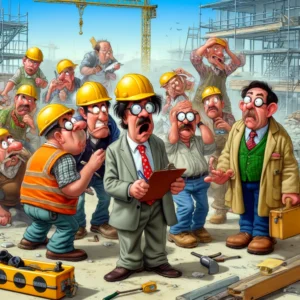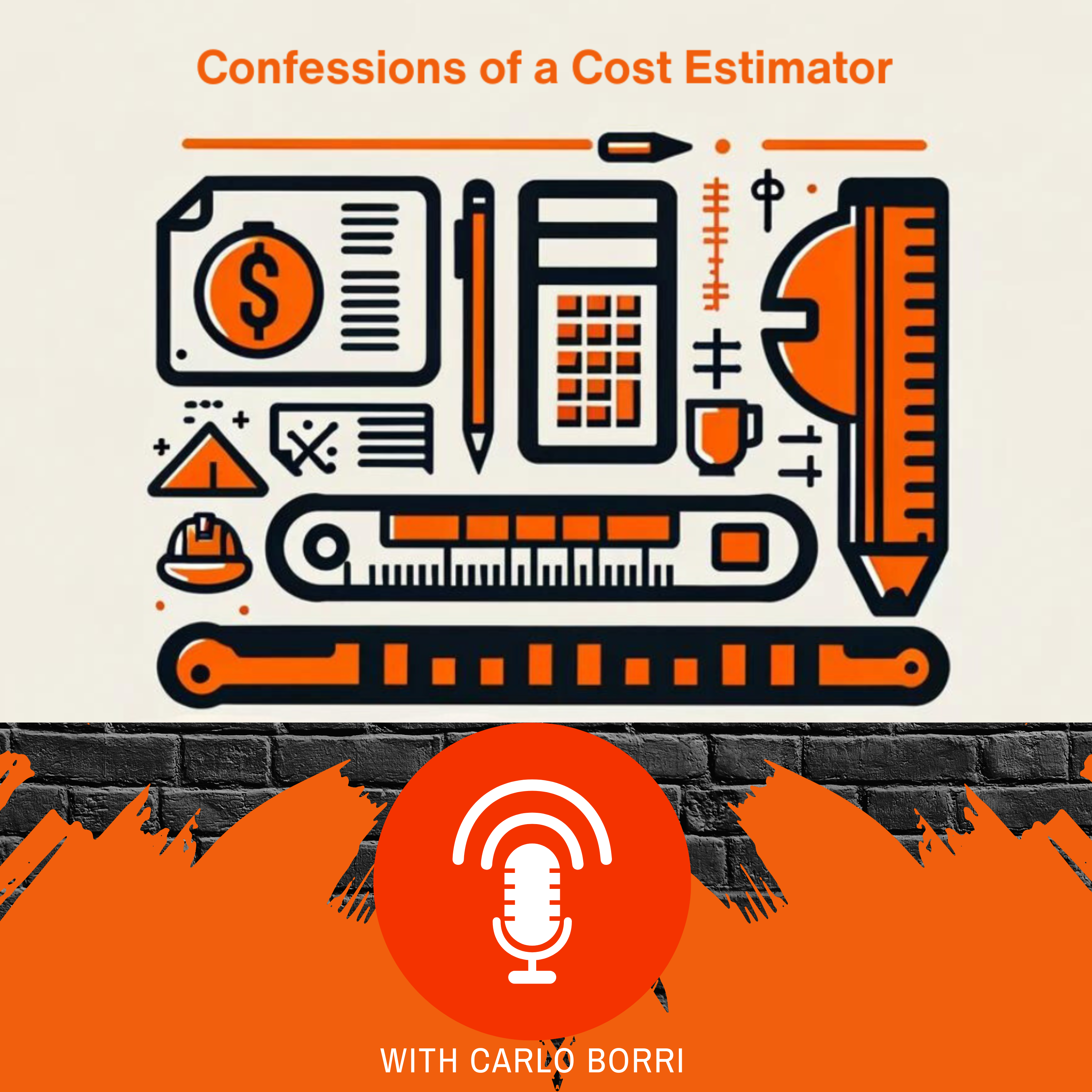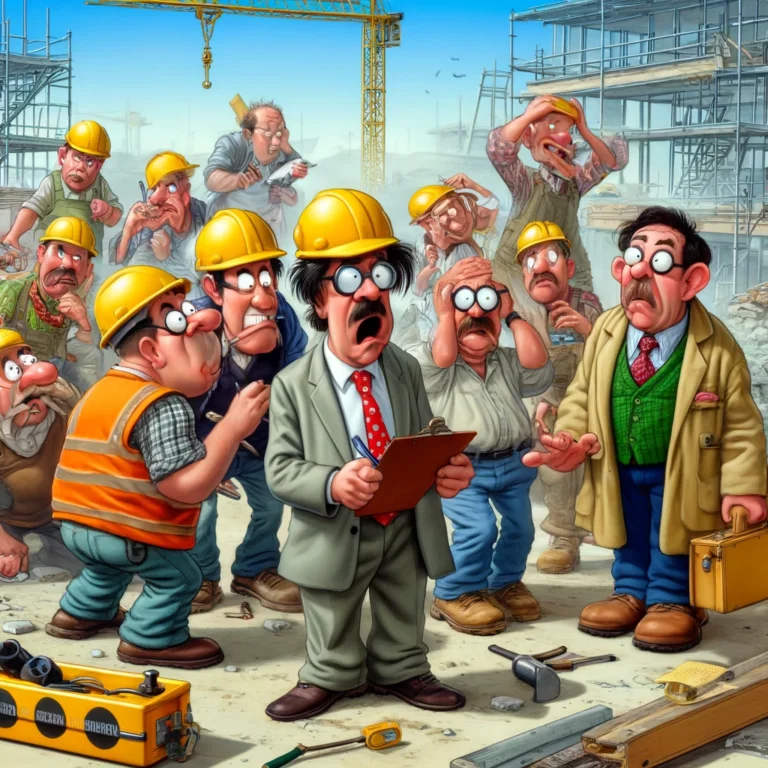Ah, infrastructure. It is the backbone of our cities, the arteries of our commerce, and the occasional source of restless nights. For a cost estimator like me, the never-ending battle against budgetary backlogs in the face of ageing infrastructure can feel like living in our version of “Sleepless in Seattle.”
Instead of waiting for love across the radio waves, we’re waiting for the funds to fix that crumbling bridge.
The Problem is Real: Our infrastructure, from bridges and roads to water systems and power grids, isn’t getting any younger. Years of wear and tear and a lack of consistent investment have created a significant backlog of maintenance and repair needs.


There are a couple of ways to look at the UK infrastructure backlog cost, depending on the specific area of infrastructure:
Hospitals: Data from NHS England shows the cost to fix crumbling hospitals was almost £12 billion for 2022–23.
Bridges: The RAC Foundation and ADEPT survey found the one-off cost to address the maintenance backlog for council-managed road bridges in Great Britain is a hefty £6.7 billion.
Overall Infrastructure Gap: Estimates suggest a much more prominent figure to bridge the UK infrastructure gap, with some sources suggesting that nearly £500 billion is required.
The Cost of Sleepless Nights: Ignoring this backlog isn’t just an inconvenience (think pothole-induced car trouble). It can lead to:
1) Safety Hazards: Deteriorating infrastructure poses a risk to public safety.
2) Economic Drain: Failing infrastructure disrupts businesses and hinders economic growth.
3) Increased Costs Down the Line: Patching up problems later is always more expensive than preventative measures.
So, how do we overcome this budgetary slumber party?
A) Creative Funding Solutions: Public-private partnerships, innovative financing models, and prioritising projects can help bridge the funding gap.
B) Long-Term Planning: A strategic infrastructure investment plan ensures we’re addressing current needs while planning for the future.
C) Transparency and Communication: Keeping the public informed about infrastructure needs and funding challenges fosters support for investment.
We may not be able to solve the infrastructure backlog overnight, but by working together, we can ensure our cities don’t become permanent sets for disaster movies.
Share your thoughts on infrastructure investment! What creative solutions have you seen for addressing budgetary backlogs?
Let’s keep the conversation going (and get some sleep) in the comments!
#Infrastructure #Construction #Investment #Planning #Sustainability #Cities #LinkedIn #CostPlanning #Estimation #CivilEngineering #CivilsBites #InfrastructureHumor #InfrastructureAdventures #BudgetQuest #UnexpectedCosts























+ There are no comments
Add yours